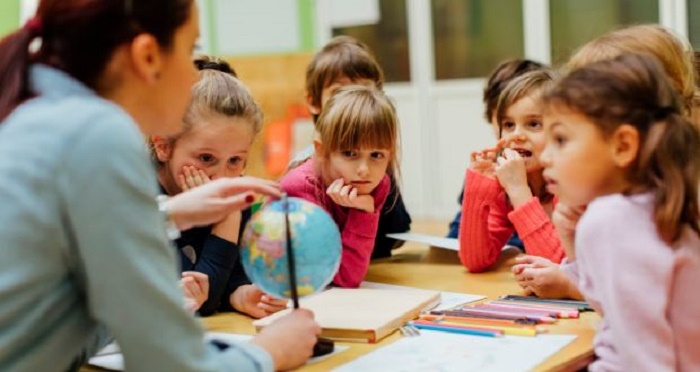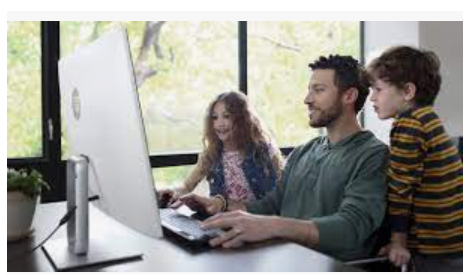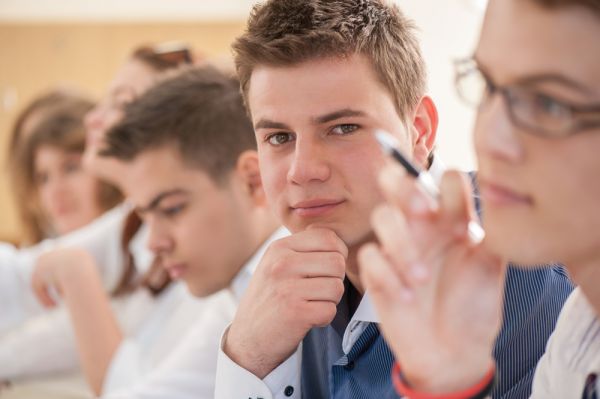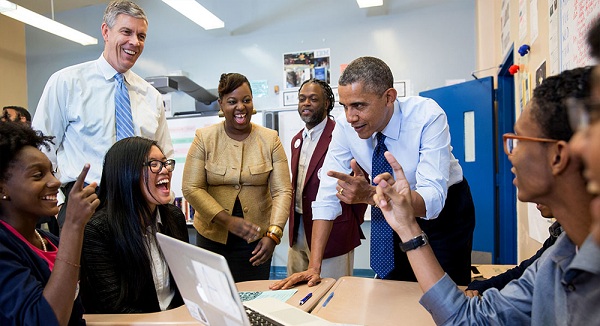Most students have years of experience in classes in which they have been forced to sit, shut up, listen. For them, the teacher was the source of knowledge. So, learning was something that was injected magically without the participation of their conscience. In this article, we will present how to improve teaching methods.
Reality indicates that what matters is not teaching, but what students learn. The quality of learning is related to the quality of teaching. One of the best ways to improve learning is to improve teaching.
How to improve teaching methods
10 points on how to improve teaching methods for teachers.
Mass teaching
It was initially born as a catechism of religions. By force of things transmissive education, where who knows communicates to those who still do not know: this is to teach the multiplication tables or the conjugation of verbs. It is an important teaching, one that transmits knowledge, requires knowledge of the subject and pedagogical skills.

Learn autonomously
The “thing” is not taught but the “how,” that is the strategies to learn autonomously: knowing how to build a map, to realize the conceptual map of the civilization of an ancient people, to arrive at scientific laws through experiments. It is a method that requires commitment, the ability to understand the different learning styles, the ability to make relationships within group work, the teacher’s willingness to learn from learners. It also brings knowledge but above all provides a method of investigation that remains throughout the scholastic career and then throughout life.
Work in a team
Build workgroups, use co-presences, give different tasks without assigning immutable roles, construct tutoring mechanisms between pupils, look for roads for the same project in different activities, from music, to painting, to computer science, both for keeping the interest alive, both to bring together intellectual work and manual work, and not to leave any possibility unused. It is still – and more important than all – to enhance the talents of each one.
Create awareness
Ask the students to be aware of “where we want to go,” give ourselves a realistic goal (a billboard, an exhibition, a theatrical performance, a booklet …), to ensure that the research is not an exercise — the construction of a product with respect to which an evaluation can then be given.
Improve skills
Reflect on experience, strengths, and weaknesses, mistakes made, how each worked, empathy between people. Let the self-evaluation live, discuss it, open to reflection in the class group to create trust, collaboration, and mutual help.
Set goals
Not everything is needed to do research: to set yourself realistic goals, this as research and this must be done in a transmissive way. There is no time to do otherwise. On everything, however, both in the research and in the other way, the profound and safe preparation of the teacher is greatly encircled. And on the whole, the habit of being created to the reading and to the deep understanding of the texts, trained by special cards, that which today is often lacking even to adults.

The theme of rights and solidarity
It also passes through the daily life of each class. Here too, it is the teacher’s task to make life both what comes from the dictates of the laws and from the perennial human law of altruism. The teacher must catch the outbreaks, intervene with determination but also with affection, considering that the bully is actually weak.
Claim everything
From parents, grandparents, the neighborhood can come a lot to fight is a way of growing. To claim, as a class and as a school, that the municipality forms the courtyard is the foundation of democracy. Writing, writing letters, organizing protests. And the same goes for solidarity initiatives with associations that support the peoples of developing countries.
The collegiality of the teachers
It is a value the students must also take that. The teacher is a teacher, before being a teacher of Italian, English or history, with equal dignity in the class council, interclass, intersection. The group does more than the sum of the individuals. And as soon as the student can understand, he must be taught that the school is based on rules and shared choices (Pof, programming …)that arise from the work of the Ata teachers and staff, as well as the collaboration of parents and pupils themselves. The great training ground of this is the subject of safety, which is perfectly combined by age group, from “Don’t run in the corridors” to the defibrillator.
Recover difficulties
The recovery intervention on the difficulties is the keystone of the educational activity. Making a recovery is a duty, where the need arises, programming in a structured way at the class or plexus level, implementing all possible forms and monitoring the effectiveness of the results. We must define an iron pact with the family around the Personalized Teaching Plan. And, even with certain tact, we must share the path with the pupil and possibly with the class, also developing systems of mutual aid.










